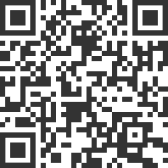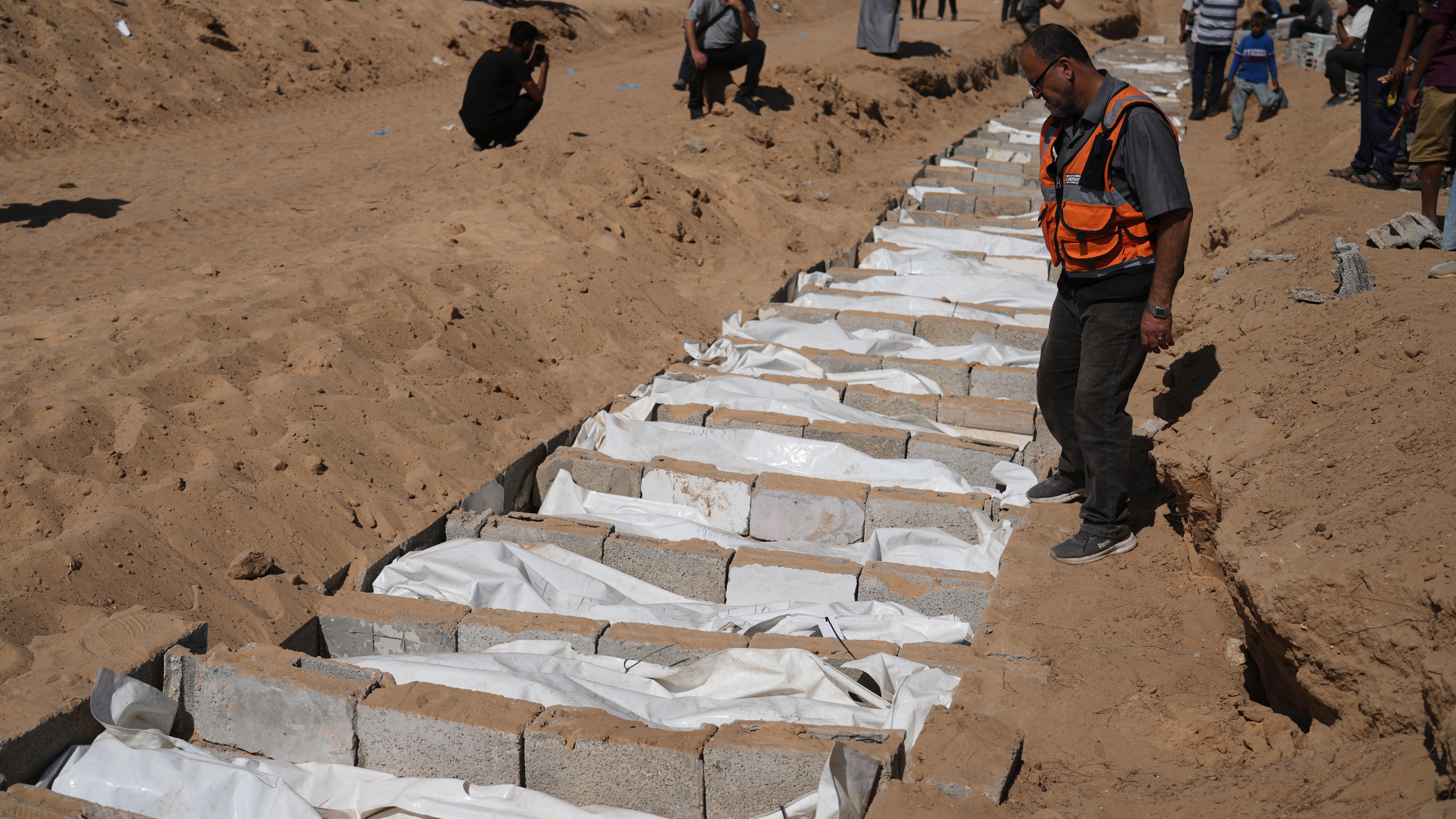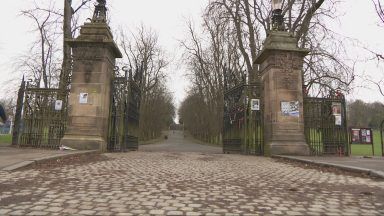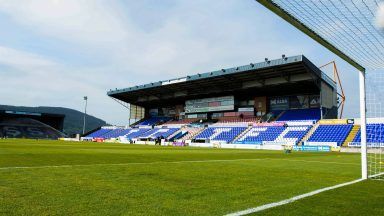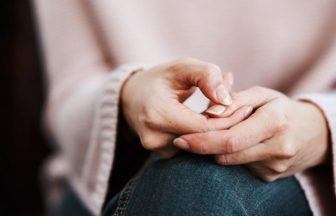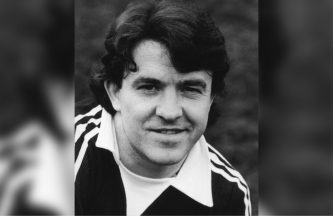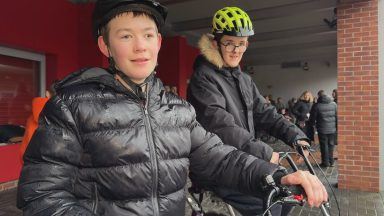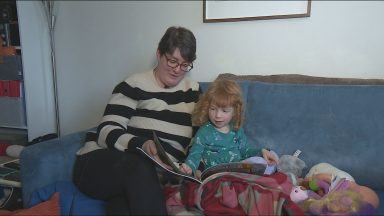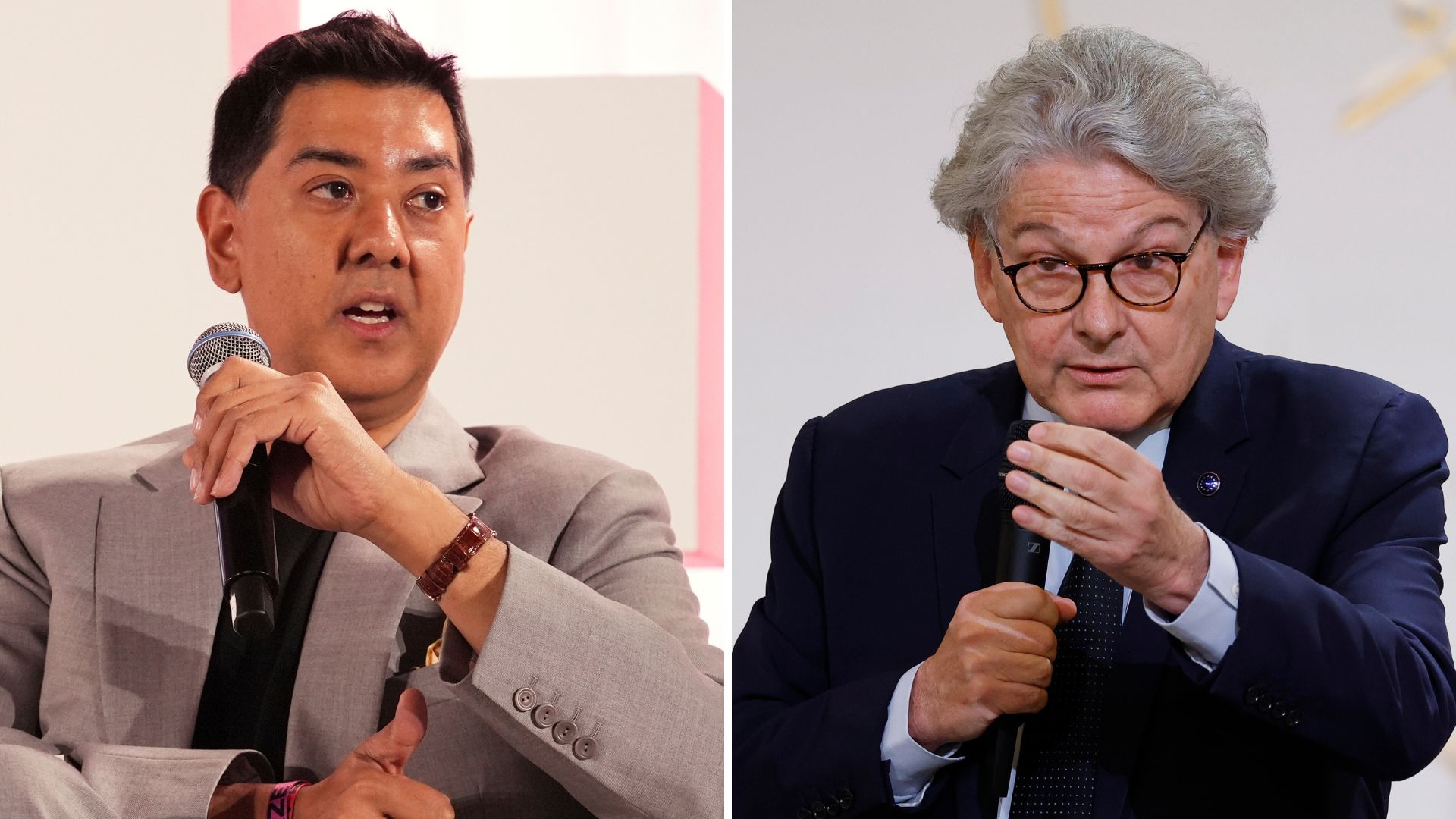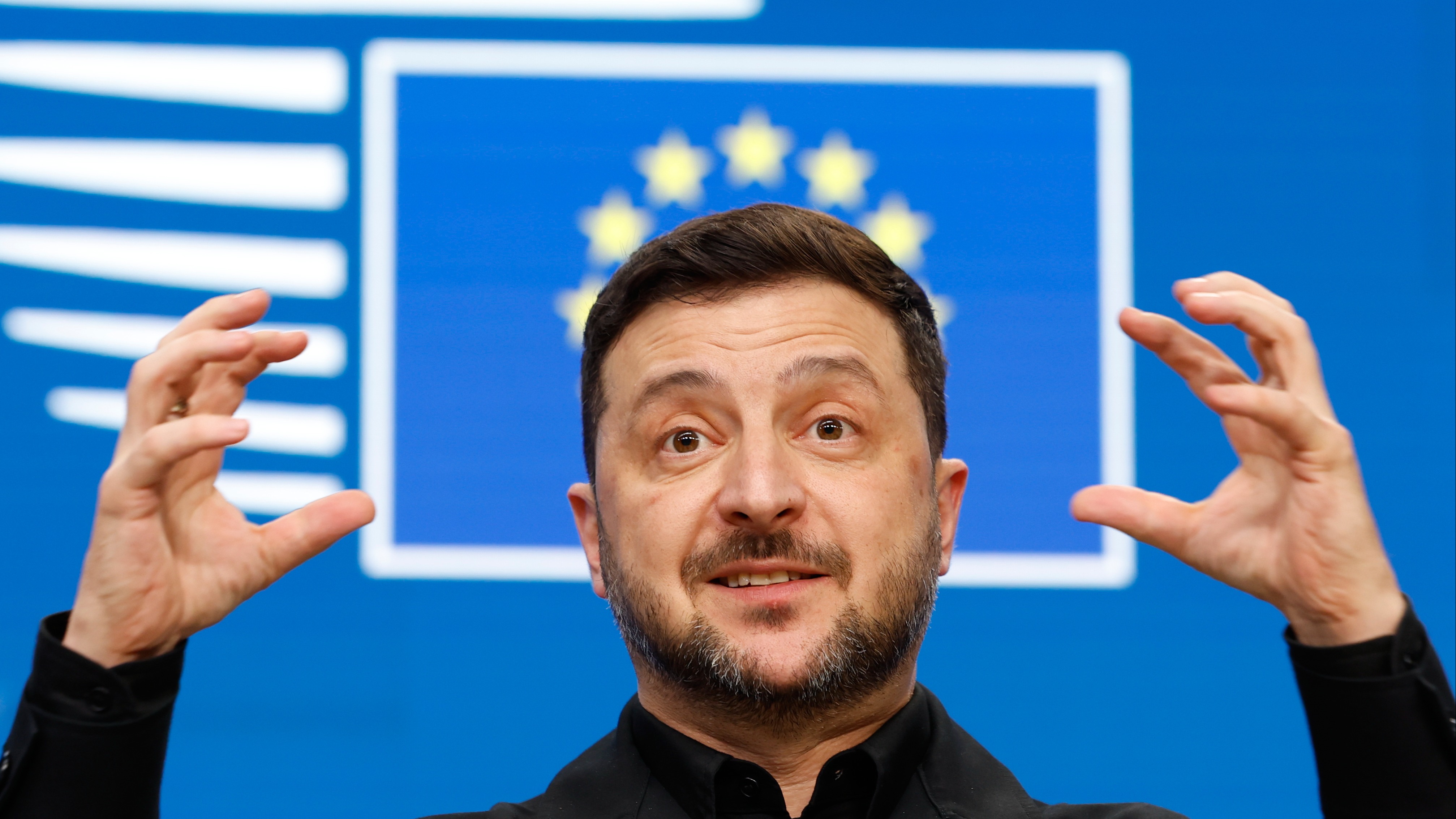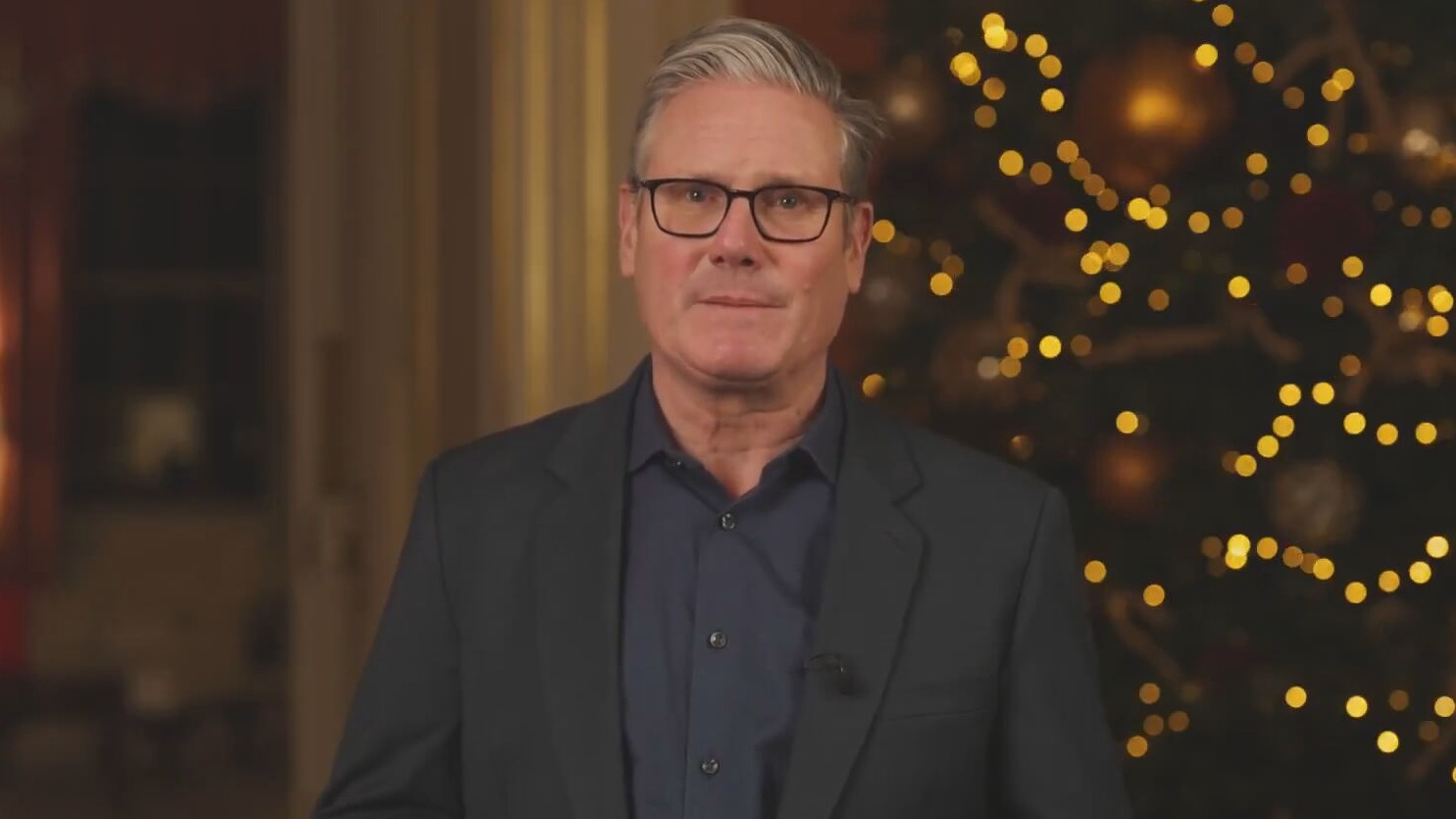As long as the ceasefire holds, it should mean an end to the killing in Gaza – but this phase of the peace is bringing fresh pain.
In the terms of the deal, Israel must return more than 1,900 living Palestinians, as well as around 360 bodies.
This means mass burials in a long line of graves.
But many remains still have to be identified – in groups, people come to look for any sign of their missing loved ones.
But some carry signs no family should witness.
“I lost my son on October 7,” one man says. “But I couldn’t recognise his face because he was tortured.”
The testimony from the dead here is told by their wounds – examined by pathologists.
And they are alleging to have found injuries linked to torture, hands bound, and death by execution.
“They have many bruises all over their bodies. There are some gunshots in the head and in the chest,” Dr Ahmed Dhahir, Director of Forensic Medicine at Nasser Hospital told ITV News.
Israel’s military told us all the bodies returned so far are of combatants within Gaza. And the IDF specifically denies trying any bodies prior to their release.
Foreign media is still not allowed into Gaza to verify these accusations from the Hamas-run health authority.
But there are also survivors here, those like Mahmood just released from detention in Israel.
The living can, of course, give voice to the scars they’ve brought back with them.
Mahmood has lost his eyesight, he says after being beaten in custody.
“I lost my sight eight months ago. I can’t see a thing and it’s because of torture. It was very difficult in the prisons. We didn’t get any kind of care,” he said.
Israel has faced a litany of accusations of mistreatment.
Last year, CCTV footage leaked from the Sde Teiman detention facility appears to show IDF soldiers sexually assaulting a Palestinian man – he was later treated for injuries to his lower body.
Five reservists have now been charged with abusing a detainee.
We put the new allegations about mutilated bodies to a spokesperson for Israeli Prime Minister Benjamin Netanyahu.
“Israel, of course, adheres to all international law when it comes to any actions inside of the Gaza Strip,” Shosh Bedrosian, an Israeli government spokeswoman said.
“These types of reports that come out … it’s just more evidence and more efforts to demonise Israel, as so many media outlets continue to do on a daily basis.”
Keith Siegel was one of the Israeli hostages captured on October 7.
He was released in February this year after 484 days being held by Hamas. He told ITV News of the abuse at their hands.
“One of them came up to me, he stood above me and started to scream at me out of the blue. He cursed me and he spat on me and he kicked me and this happened day after day.
“He kicked me in my legs and kicked me in my ribs,” he said.
Keith said he also saw others being abused.
“I witnessed a woman being beaten and her hands were tied together and her feet were tied together. They’d covered her mouth with tape.
“The terrorist came around and stood behind this woman’s head. He was holding a metal rod with a sharp point at the end, which they put on this woman’s forehead. And they were applying pressure.”
The survivors on both sides speak of a multitude of horrors in this war.
But it is the stories of the dead that are today being heard – with calls now for an independent international investigation into what their injuries say, and who they accuse.
Follow STV News on WhatsApp
Scan the QR code on your mobile device for all the latest news from around the country
